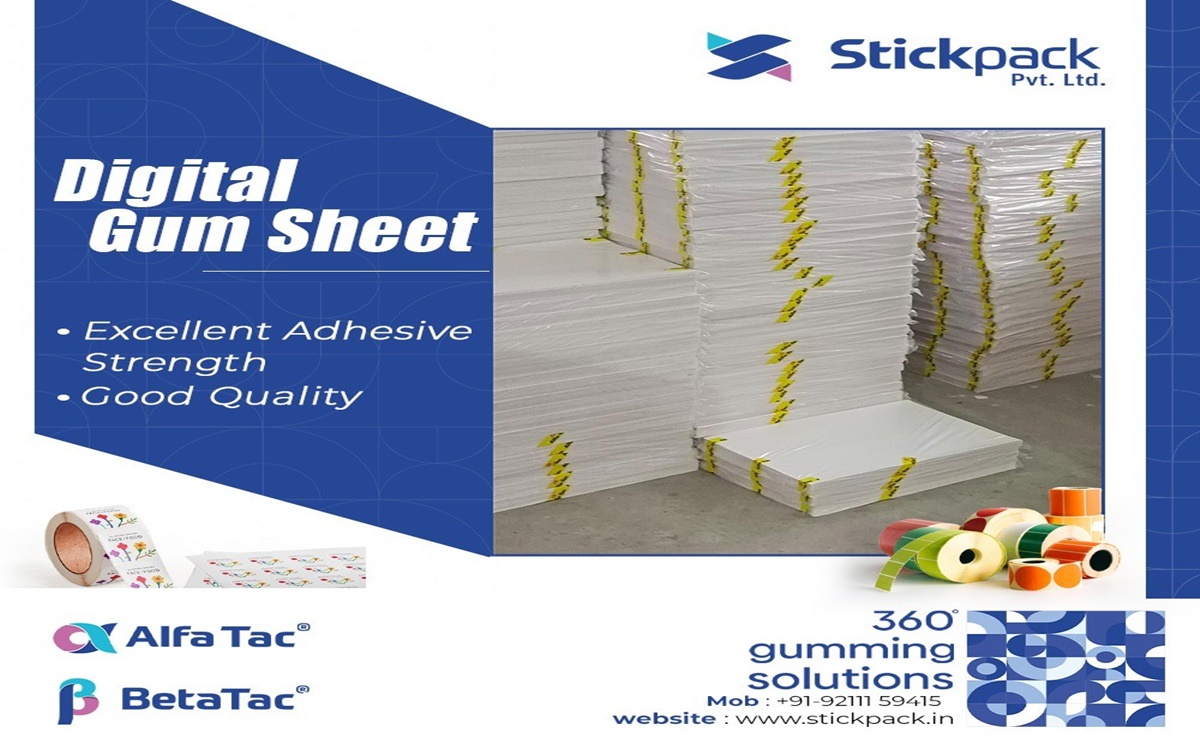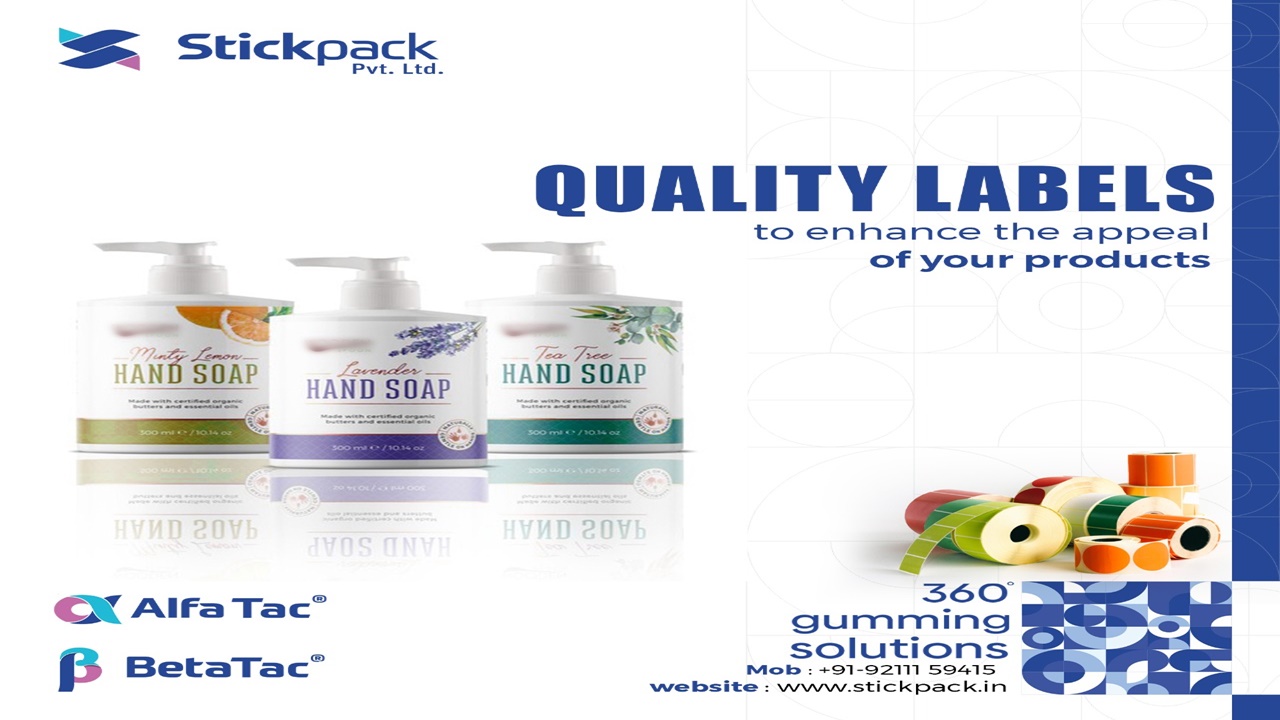Pre-gumming sheets and offset gumming sheets are both widely used in the printing industry, but they differ in their production process, application, and adhesive properties. In this blog, we will explore the differences between pre-gumming sheets and offset gumming sheets to help you understand which type of sheet is best suited for your needs under three main heads:
Type of Gumming Sheets
Pre-Gumming Sheets
Offset Gumming Sheets
What is Pre-Gumming Sheets?
Pre-gumming sheets are sheets of paper that have been coated with an adhesive, allowing them to be self-sealing. The adhesive coating is typically applied during the paper manufacturing process, and the sheets are then cut to size and packaged for sale.
What is Offset Gumming Sheets?
Offset gumming sheets on the other hand, are uncoated sheets of paper that are run through an offset printing press with a gumming solution. The gumming solution is typically a mixture of water and adhesive, which is applied to the paper in a pattern using ink rollers.
Advantages
Pre-gumming sheets
Main advantage of pre-gumming sheets is that they are ready to use straight out of the package, without any additional processing or gumming required. This makes them a convenient option for businesses that need to produce self-sealing envelopes, mailers, and other products on a large scale.
Offset Gumming Sheets
Main advantage of offset gumming sheets is that they can be customized to suit a wide range of applications. Because the gumming solution is applied during the printing process, it can be tailored to the specific needs of the project, including the adhesive strength, pattern, and coverage area.
Versatility
Pre-gumming sheets
Pre-gumming sheets are available in a variety of sizes, weights, and adhesive strengths to suit different applications. They can be made from a range of materials, including standard paper, specialty papers, and synthetic materials like polypropylene and polyester.
Offset gumming sheets
Offset gumming sheets are typically used for smaller print runs or custom projects that require a high degree of customization. They are available in a variety of paper weights and sizes, and can be used with a range of printing technologies, including offset, digital, and flexographic.
Which Type of Sheet is Right for You?
The choice between pre-gumming sheets and offset gumming sheets ultimately depends on your specific needs and preferences. For example, if you need a fast and convenient way to produce self-sealing envelopes or mailers on a large scale, pre-gumming sheets may be the best option for you. On the other hand, if you need a high degree of customization and flexibility, offset gumming sheets may be the better choice.
Regardless of which type of sheet you choose, it’s important to work with a reputable supplier like Stickpack that can provide high-quality materials and reliable support. Moreover you can get premium Pre-gumming sheet, offset gumming sheets and all other printing needs from Stickpack, leading Pre- Gumming Sheets & Offset gumming Sheets Manufacturer and Wholesaler in Haryana, India.



